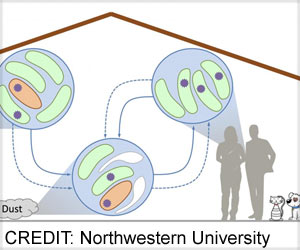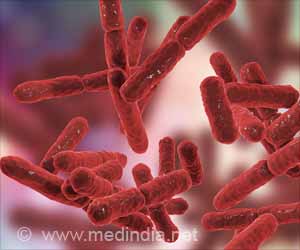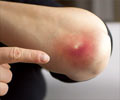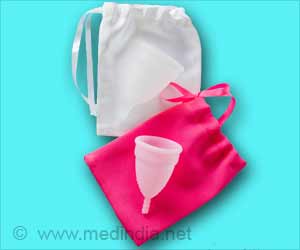Explore how the timing of antibiotic administration influences plasmid transfer and transconjugant proliferation in bacterial communities.
- Dynamics of pAR145 during range expansion: Rapid segregation, sectorized spatial pattern, and decline in pAR145 load
- Timing of antibiotic administration and transconjugant proliferation: //Unimodal relationship, maximum transconjugant frequency at intermediate administration time
- Effect of antibiotic administration timing on plasmid spread: Interplay between spatial intermixing, plasmid transfer, and transconjugant cell ratio
Timing of antibiotic administration determines the spread of plasmid-encoded antibiotic resistance during microbial range expansion
Go to source).
Dynamics of pAR145 during Range Expansion
The study initially quantified the dynamics of pAR145, an antibiotic resistance-encoding plasmid, during range expansion in the absence of chloramphenicol, which served as a positive selection for pAR145. The researchers observed that pAR145 donor and potential recipient cells rapidly segregated during range expansion, leading to a sectorized spatial pattern with reduced intermixing. The emergence of cyan sectors indicated extensive pAR145 transfer and transconjugant formation during the early stages of range expansion. However, both transconjugant and pAR145 donor cells were gradually displaced by plasmid-free cells, resulting in a decline in the pAR145 load. This decline was attributed to the competitive advantage of plasmid-free cells and the fitness cost associated with carrying pAR145 in the absence of chloramphenicol.Timing of Antibiotic Administration and Transconjugant Proliferation
Based on the rapid decline in the pAR145 load during range expansion, the researchers hypothesized that the time of chloramphenicol administration, which provided a positive selection for pAR145, would determine the subsequent proliferation of transconjugant cells. Surprisingly, they discovered a unimodal relationship between the frequency of transconjugant cells at the expanding frontier and the time of antibiotic administration. The maximum transconjugant frequency occurred at an intermediate administration time, contrary to their initial expectation of a monotonically declining trend. Moreover, the extent of range expansion during chloramphenicol treatment also followed a unimodal pattern, reaching a maximum value at an intermediate administration time. These findings indicated that the time of antibiotic administration played a crucial role in determining transconjugant proliferation and community expansion.Effect of Antibiotic Administration Timing on Plasmid Spread
Further analysis revealed that the level of spatial intermixing, which influences plasmid transfer, also exhibited a unimodal relationship with the time of antibiotic administration. At earlier administration times, spatial patterns consisted of contiguous sectors comprising pAR145 donor and transconjugant cells, indicating efficient plasmid transfer. In contrast, at later administration times, the spatial patterns became discontiguous and composed of isolated bubble-like structures, suggesting limited plasmid transfer due to the depletion of pAR145-carrying cells. Additionally, the ratio of transconjugant to pAR145 donor cells at the expansion frontier saturated at later administration times, indicating that the number of transconjugant cells did not increase monotonically.Local Proliferation of Transconjugant Cells
To understand whether the increased number of transconjugant cells at intermediate administration times was due to enhanced transfer events or individual cell proliferation, the researchers performed computational simulations. The simulations demonstrated that better proliferation of individual transconjugant cells, rather than an increase in transfer events, contributed to the higher frequency of transconjugants at intermediate administration times. This finding emphasized the importance of local proliferation in driving the spread of antibiotic resistance-encoding plasmids within microbial communities.Reference:
- Timing of antibiotic administration determines the spread of plasmid-encoded antibiotic resistance during microbial range expansion - (https://pubmed.ncbi.nlm.nih.gov/37316482/)
















